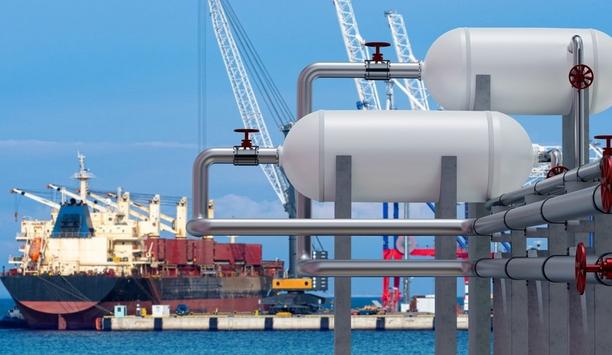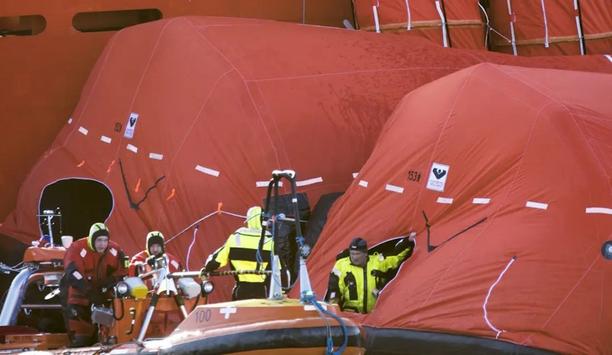Users want to know that their valuable cargo will cross the sea safely, cost-effectively, and without delay. Imagine organising the ocean shipping logistics of 6000 cubic metres of cargo, 41 containers; all moving from China to just outside Brisbane, Qld.
That’s what TGI do on a regular basis; handling shipments for the clients, and in this example, they moved this project cargo, for the components for the largest asphalt plant in Australia.
Entire transport process
Project cargo is TGI Cargo’s specialty. They have the expertise and knowledge to get the sea freight to the site, anywhere in the world, no matter what. As a more agile logistics company, their strong networks at the ports and throughout the entire transport process make the difference in getting the project delivered, on time and on budget.
Their years of expertise tell them that the following are vital when considering shipping options.
- Budget – This is the most critical factor – they can help users identify any areas that may have been overlooked to ensure the most accurate costs before a shipment has even been loaded.
- Deadlines – Know the final delivery date – this is the ‘absolute, no kidding’ last date by which the project must be completed. Map the freight movement deadlines across each stage to meet this final deadline and plan (with a buffer if they can) to finish prior to this date.
- Taxes and duties – Considered import duties and taxes – people forget that on the arrival of a million-dollar shipment there might be a payment prior to release. The goods may not be duty exempt and maybe there is no GST deferment available. This can literally cost the users hundreds of thousands of dollars, on the spot, so always choose a company who, like ourselves, does the research and gives the user the best possible tax breaks and payment timelines.
- Site preparation – Will the site be ready when the shipment arrives? This sounds like a no-brainer, however, weather and many other factors can throw out every stage of the project. Given this timeline, the ocean freight needs to match, to prevent goods sitting at the dock or in storage, causing additional logistics and warehousing costs.
- Delivery– Make sure users have given all the details of the product and the site. Users would be surprised that sometimes, this is what delays a shipment in progress. In this industry, the dollars can be in the details!
- Insurance – Although they have never lost a shipment, insurance for ocean shipping is a no-brainer on high-value cargo. They can organise the cover, and also add GPS tracking on valuable loads for a 24 view of the transit of the shipments.
Largest shipping project
The Brendale Asphalt plant was the largest shipping project they have ever undertaken
For ocean shipping, they put their customers in focus and they see themselves as an extension of the business. They want to solve the problems that ‘keep the users up at night’. Having delivered over 50 Asphalt plants for Downer alone, they know the logistics requirements for the clients’ needs end to end. If it seems daunting, don’t worry, they’ve got users covered.
The Brendale Asphalt plant was the largest shipping project they have ever undertaken and involved transporting the plant from Shanghai to Brendale, Qld seamlessly, during the world-wide Coronavirus crisis. The project cargo logistics of the plant were extraordinary, and they met every requirement the customer set, from pick-up to arrival.
Ocean freight industry
They transported the following sea freight to bring this Asphalt plant to fruition:
- 6000 cubic metres of cargo consisting of 81 pieces of break-bulk cargo.
- 41 x 40 ft open containers.
- 89 truckloads (including the 41 containers) were transported from the Port of Brisbane by land to Brendale under strict curfew conditions, due to out of gauge loads.
The Brendale plant is just one of the many projects they have delivered under challenging circumstances. In fact, it’s what they do best at TGI Group. Whilst a project can look quite different in real life from how it starts on paper, they know every inch of the ocean freight industry, and their vast experience allows the users to get a good night’s sleep while they manage every aspect of the project!










